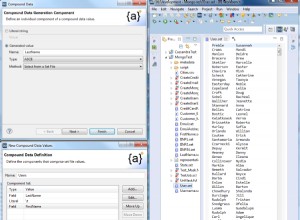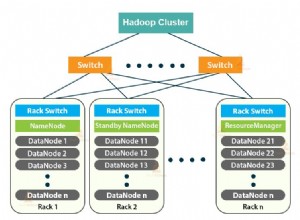Si vous utilisez Spring Data Redis, vous pouvez tirer parti de la prise en charge de Spring pour gérer ces interruptions et exceptions temporaires via un gestionnaire d'exceptions personnalisé.
Code :
<dependency>
<groupId>org.springframework.boot</groupId>
<artifactId>spring-boot-starter-data-redis</artifactId>
</dependency>
Il est recommandé de définir un délai d'attente inférieur à la valeur par défaut (60 000) :
spring.cache.type=redis
spring.redis.timeout=100
Créez ensuite un gestionnaire d'erreurs personnalisé dans le contexte Spring :
import lombok.extern.slf4j.Slf4j;
import org.springframework.cache.Cache;
import org.springframework.cache.annotation.CachingConfigurerSupport;
import org.springframework.cache.annotation.EnableCaching;
import org.springframework.cache.interceptor.CacheErrorHandler;
import org.springframework.context.annotation.Configuration;
@Slf4j
@EnableCaching
@Configuration
public class CacheConfiguration extends CachingConfigurerSupport {
@Override
public CacheErrorHandler errorHandler() {
return new CacheErrorHandler() {
@Override
public void handleCacheGetError(RuntimeException exception, Cache cache, Object key) {
log.info("Failure getting from cache: " + cache.getName() + ", exception: " + exception.toString());
}
@Override
public void handleCachePutError(RuntimeException exception, Cache cache, Object key, Object value) {
log.info("Failure putting into cache: " + cache.getName() + ", exception: " + exception.toString());
}
@Override
public void handleCacheEvictError(RuntimeException exception, Cache cache, Object key) {
log.info("Failure evicting from cache: " + cache.getName() + ", exception: " + exception.toString());
}
@Override
public void handleCacheClearError(RuntimeException exception, Cache cache) {
log.info("Failure clearing cache: " + cache.getName() + ", exception: " + exception.toString());
}
};
}
}
Spring devrait détecter l'échec après 100 millisecondes et se replier pour récupérer les données récupérées via @Cacheable méthodes annotées normalement comme s'il y avait un manque de cache. Et chaque fois que le cache est restauré, Spring recommence à extraire du cache.




